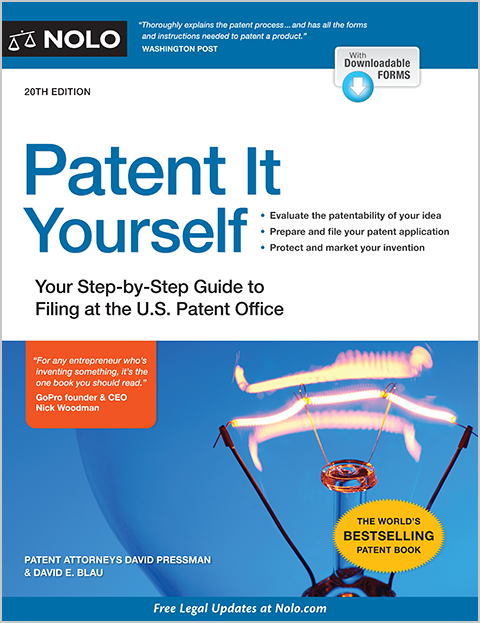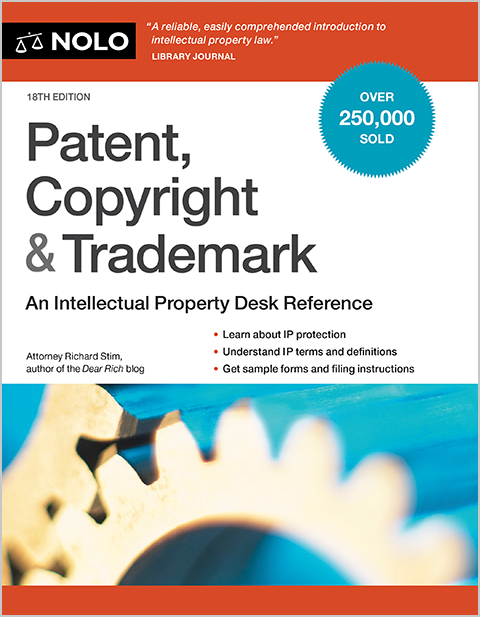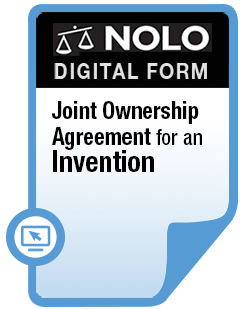Understanding royalties is the key to invention success.
Inventors usually profit from their inventions by licensing them to manufacturers or distributors. The hope is that those manufacturers and distributors will commercially use and develop the inventions for a certain period of time, doing the work of production and marketing. Inventors' compensation typically takes the form of royalties based upon the invention's sales.
How such royalties are measured is extremely important for both your income and your taxes. As an inventor, you should closely consider the tax implications of your royalty income.
Understanding Your Net Sales
Net sales are the most common measurement for royalty payments. In a net sales license, the royalty rate is multiplied against the net sales of the invention. The most significant issue when negotiating net sales is what deductions should be included in the definition of net sales. Obviously, the more deductions there are, the less money the inventor will earn.
For example, it is generally acceptable for net sales to include deductions for shipping freight, taxes, credits, returns, and discounts made at time of sale. It is less common (and less desirable for you) to include deductions for sales commissions, debts, uncollectable accounts, promotions, marketing, and advertising.
Quantity Discount Deduction
Sometimes, a licensee may seek to increase sales by offering a discount on large quantity orders. The licensee then deducts this discount (also referred to as a "volume discount") from net sales.
This can be favorable to the licensor because it increases total sales. If you choose to include it, you should qualify the discount by describing a quantity discount as "a discount made at the time of shipment" or "a discount actually shown on the invoice," since it is possible that an unscrupulous licensee may attempt to offer a discount after items are shipped, splitting the discount with the purchaser and diminishing your royalty payment. It is important for you to closely monitor the number of sales and receive regular weekly or monthly reports from the distributor.
Debts and Uncollectable Account Deductions
Sometimes a licensee may seek to deduct bad debts and uncollectable accounts. For example, say a third-party company orders products and then fails to pay. The licensee feels no royalty should be paid since no money was actually earned for these sales. On the other hand, you are not a collection agency and should not have to lose money because of the licensee's bad business dealings. After all, from your perspective, your invention was still sold. Even though insolvency and uncollected debts are not especially common, it would be better for you to avoid this deduction.
Sales Commission Deductions
Sometimes a salesperson is paid a commission for each sale of the licensed product. The licensee may seek to deduct these commissions under the net sales definition. Obviously, this is not a good business model for a licensor; you could argue that the deduction of commissions is improper because they are merely a cost of the licensee's business.
Promotion, Marketing, and Advertising Deduction
Net sales are supposed to be total sales, not a collection of business deductions. For this reason, a licensor should discourage the use of promotional, marketing, or advertising deductions in the definition of net sales. Marketing should be a cost of doing business, not a licensor expense.
"Fee" Deduction
A vague term like "fee deduction" or "processing deduction" could include a wide range of costs and business expenses. If the term "fees" can be made more specific, you may be more comfortable with the deduction.
Freight and Shipping Deduction
Freight and shipping costs of the product, although a cost of doing business, are traditionally treated as a deduction against net sales. Most manufacturers and distributors with whom you do business will insist on deducting these costs from your net figure.
Credits and Returns Deduction
It is acceptable for a licensee to deduct credits and returns from the total net sales, since returns reflect merchandise that was not purchased or was defective. Some licensors prefer to qualify the definition to state "bona fide returns" or "returns actually made or allowed as supported by credit memoranda" in order to weed out returns that are part of some unscrupulous arrangement between distributors and retailers.
Tax Deductions
If a product is taxed locally, it is common to include this as a deduction against net sales. Remember that different types of products are taxed differently by different states. You should make yourself aware of the nature of your invention and how the state(s) of sale will tax the product.
Putting a Cap on Net Sales Deductions
One way to limit net sales deductions is to place a contractual limit on the amount to be deducted. This can be done in your initial license agreement. For example, your license agreement could include a statement reading as follows:
"In no event may the total amount deducted from net sales (for discounts, credits, or returns) during any royalty period exceed 10% of the gross sales of the products during that royalty period."
A provision such as this guarantees that the deductions will never be more than 10% of gross sales. Some license agreements forego a listing of the deductions and simply state that net sales are "gross sales minus 10% for shipping, freight, taxes, returns, and other deductions." This provision may not accurately reflect the actual deductions but it does remove any accounting issues. That is, you would no longer have to wonder whether net sales deductions are accurate.
Talk to a Lawyer
Need a lawyer? Start here.
How it Works
- Briefly tell us about your case
- Provide your contact information
- Choose attorneys to contact you
- Understanding Your Net Sales
- Quantity Discount Deduction
- Debts and Uncollectable Account Deductions
- Sales Commission Deductions
- Promotion, Marketing, and Advertising Deduction
- "Fee" Deduction
- Freight and Shipping Deduction
- Credits and Returns Deduction
- Tax Deductions
- Putting a Cap on Net Sales Deductions
- Briefly tell us about your case
- Provide your contact information
- Choose attorneys to contact you



